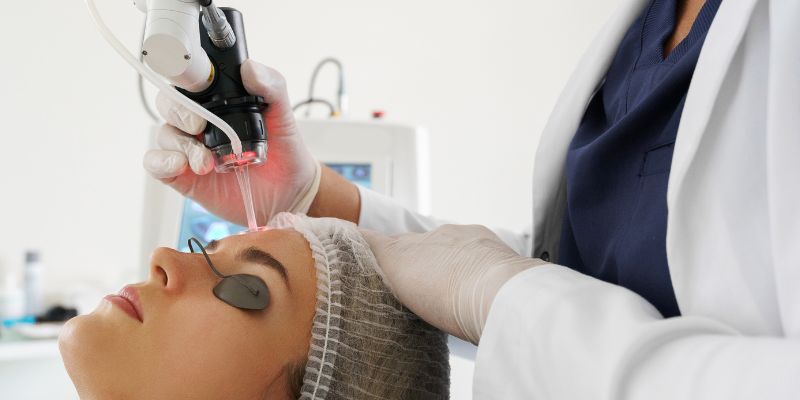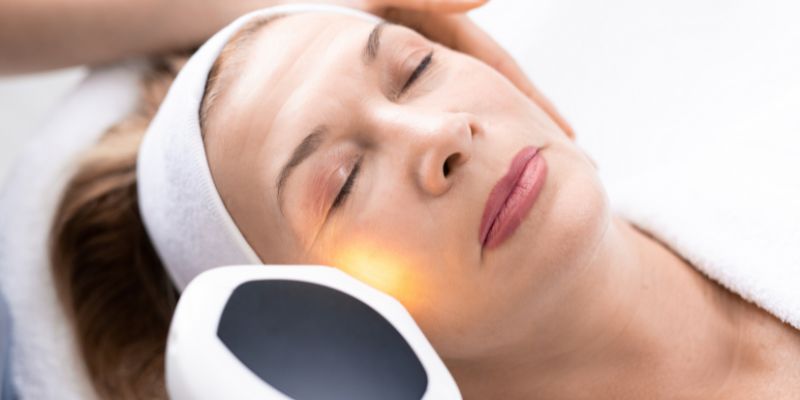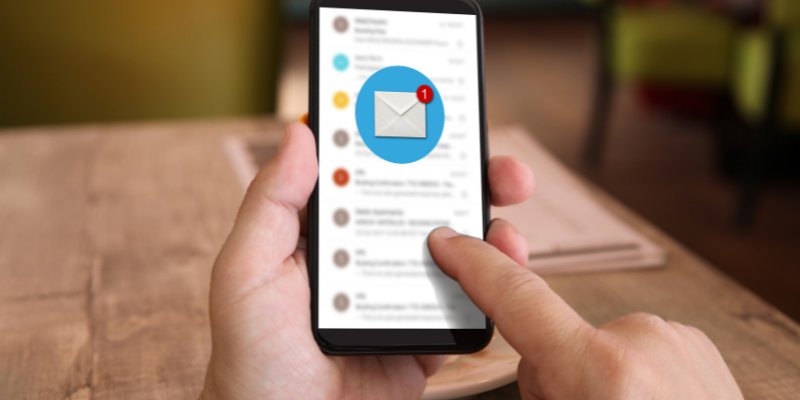
What Do You Need To Know About Laser Resurfacing
Jan 02, 2024 By Paul Ward
Want silky skin and a morning sun glow? You can think of laser resurfacing, a remarkable cosmetic procedure promising to transform your skin without surgery. Imagine a soft beam of light removing blemishes to reveal a younger, fresher self.
Laser resurfacing is a skincare innovation that gives people hope for a better and brighter complexion. Important facts must be discovered and comprehended before embarking on this revolutionary adventure. From various types to what to expect during and after the surgery, buckle up as we explain laser resurfacing to get your dream skin.

Laser Resurfacing for Better Skin: 9 Things You Must Know
Laser resurfacing is an amazing skincare treatment that could eliminate wrinkles, acne scars, and skin tone inconsistencies. But, before getting this treatment, below are nine important things that you should learn about laser resurfacing:
Understand Resurfacing Laser Basics:
There are ablative and non-ablative resurfacing lasers. Ablative lasers remove skin layers gently, like artists. They remove damaged skin cells and small skin surface areas by vaporizing. Wrinkles, scars, and uneven pigmentation are treated well by these lasers. As they remove skin layers, they may take longer to heal. Non-ablative lasers stimulate the skin. They do not remove skin layers but stimulate collagen production beneath the surface to keep skin plump and healthy. These lasers are good for minor skin issues and require less recuperation time.
Best LASER Outcomes Require Several Sessions
Laser treatments usually require multiple sessions for maximum results. It takes time and repetition to see results like growing a garden or learning a new skill. Multiple sessions let the laser work on different skin layers, making benefits more obvious. Each session adds a piece to your skin's smoother, cleaner, and more even appearance. Each treatment brings your skin closer to its ideal. Following your skin care professional's instructions and completing the prescribed sessions will yield the best results and a more luminous complexion.

Treatments Can Be Uncomfortable
Laser treatments might be uncomfortable for some people but not for others. Like a moderate massage, some people find it pleasant, while others find it uncomfortable. You may feel warmth, tingling, or a slight stinging during laser treatment, like small skin pricks. Many therapies also use numbing creams or cooling gadgets to reduce pain. Laser type and treatment area can also affect discomfort. The skin may be more sensitive in some regions.
Who Performs Your Laser Treatment Matters:
Who performs your laser treatment can greatly affect your experience and results. Like a trusted travel guide, the trained professionals may make a tremendous impact. You want dermatologists, plastic surgeons, and certified laser technicians to perform your laser therapy. They know how to choose the correct laser for your skin issues and change the settings for safe and successful therapy. Choosing a competent professional for laser treatment is like having a trusted captain guide you to smoother, healthier skin safely and effectively.
Sunscreen Is Essential Before And After Laser Treatment:
Sunscreen is essential before and after laser treatment for skin safety and optimal outcomes. Try to avoid the sun before your laser treatment. Sunburned or tanned skin may not respond well to the laser, increasing the risk of discoloration or discomfort. Your skin may feel sensitive following laser treatment, like a minor sunburn. Protecting it from the sun is essential. Sunscreen with a high SPF protects skin from sun damage. We recommend a broad-spectrum sunscreen that blocks UVA and UVB radiation, avoiding direct sun exposure to speed up skin healing.
After Sessions, You Need Downtime:
After laser treatments, your skin may need downtime to repair and achieve the optimum results. Laser treatments target specific skin regions, requiring recovery time. Your skin may look red or feel sensitive, like a minor sunburn. Your skin heals and reacts to therapy. The downtime after a laser session varies. Skin may return to normal in a day or two for individuals. For others, it may take a week or more, especially if the therapy is intensive. Remember, this downtime is temporary and essential to receiving the greatest laser therapy results. Just relax and let your skin heal—you'll soon experience the benefits of smoother, healthier skin!
Potential Side Effects and Risks of Laser Resurfacing
Laser treatments include rare but manageable risks and adverse effects. Laser treatment often causes redness and swelling, like a slight sunburn. Your skin may also be irritated or itching. These feelings normally subside after a few days. The treated area may temporarily become darker or lighter than the surrounding skin. It normally diminishes as the skin heals. Scarring, infections, and blistering are rare adverse effects generally caused by incorrect treatment or missed aftercare instructions.
Long-Term Maintenance And Follow-Ups:
Maintenance and follow-ups after laser therapy are like caring for a garden to keep it blooming—consistent care keeps your skin looking great. Daily sunscreen use is crucial to protect skin from the sun. Regular moisturization keeps skin healthy and moisturized. It's like drinking water for smooth skin. Your skincare specialist may suggest follow-up treatments to maintain skin improvement. These sessions may enhance the original treatment and maintain your skin's health.
Post-Treatment Care:
After laser treatment, your skin requires extra care to recover and look great. Check your skin care professional's post-treatment instructions. They may suggest soothing creams or ointments to speed healing. Applying these things as directed helps the skin recover. Do not over-rub the treatment area, and use moderate skincare products. After laser therapy, protect the skin from the sun. Follow these post-treatment care tips to heal your skin and enjoy your laser treatment's great effects!
Conclusion:
Not merely gorgeous skin, laser resurfacing boosts confidence. With its gentle yet powerful action on wrinkles, scars, and discoloration and its promise of smoother, more youthful skin, radiant beauty is within reach. Before starting, see a skincare professional and learn the procedure. Rest, follow post-treatment care, and enjoy your skin's transformation. A long-lasting glow from laser resurfacing requires care, sun protection, and follow-ups. Laser resurfacing gives you confidence and sparkle with brilliant skin.
-
 Internet & Telecom Jan 31, 2024
Internet & Telecom Jan 31, 2024Unraveling Asynchronous Messaging
Explore the power of Asynchronous Messaging, which is changing system communication. Discover how it improves distributed architecture responsiveness, scalability, and efficiency.
-
 Entertainment Feb 02, 2024
Entertainment Feb 02, 2024The Grandest Gatherings in Sports History: Top Legendary Events
Experience the sports realm with the biggest attendance events. Unearth the excitement and stories of these colossal gatherings that captivated millions.
-
 Art Jan 31, 2024
Art Jan 31, 2024Learning About Neo-Romanticism – One of the Best Art Forms
Are you curious to know more about the Neo-Romanticism art movement, this article has everything you need to know.
-
 Health Jan 01, 2024
Health Jan 01, 20248 Best Exercises for Hypothyroidism
You can do low-impact exercises like walking, yoga, riding, Tai Chi, and strength training to deal with hypothyroidism